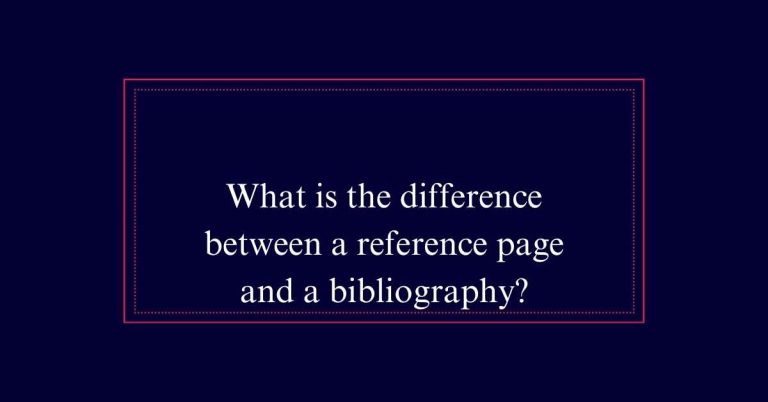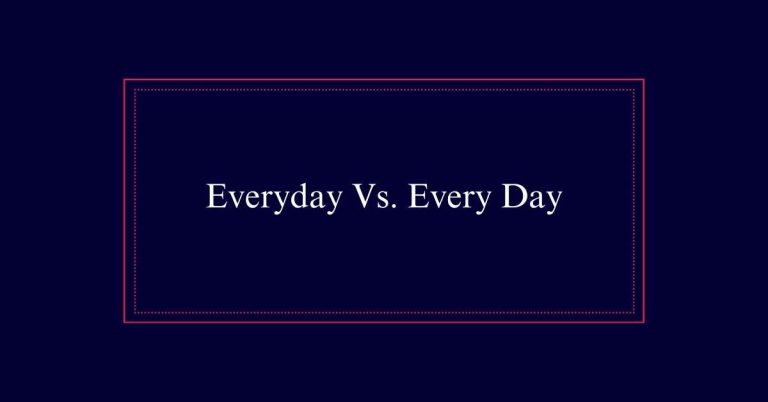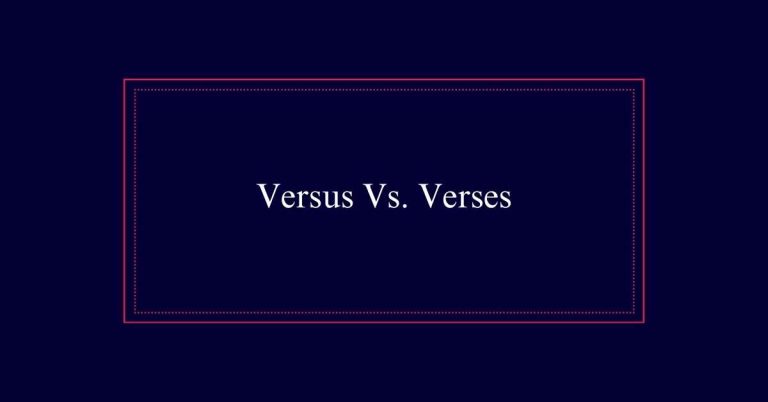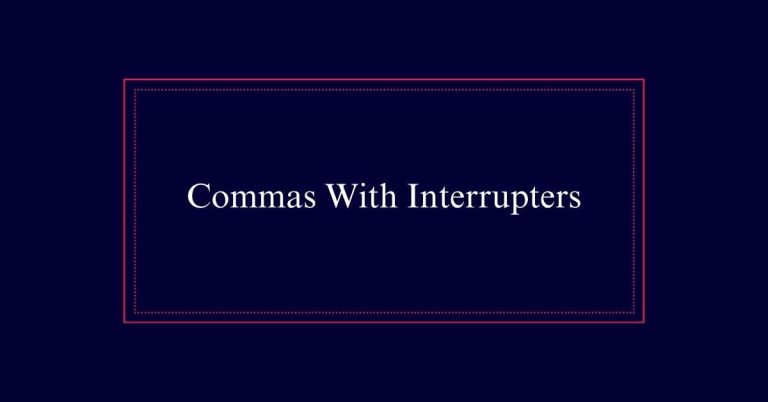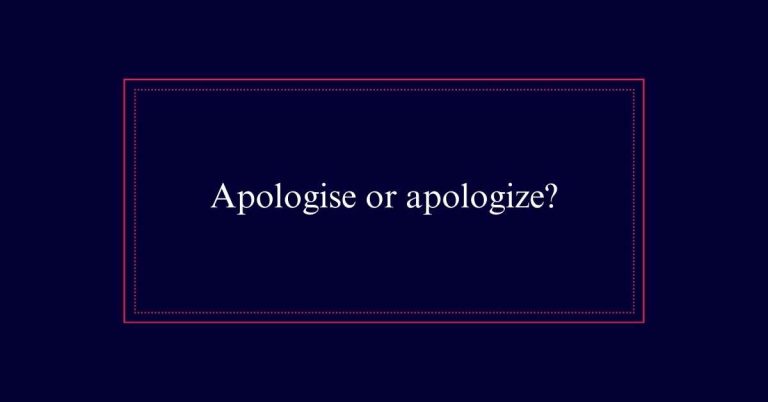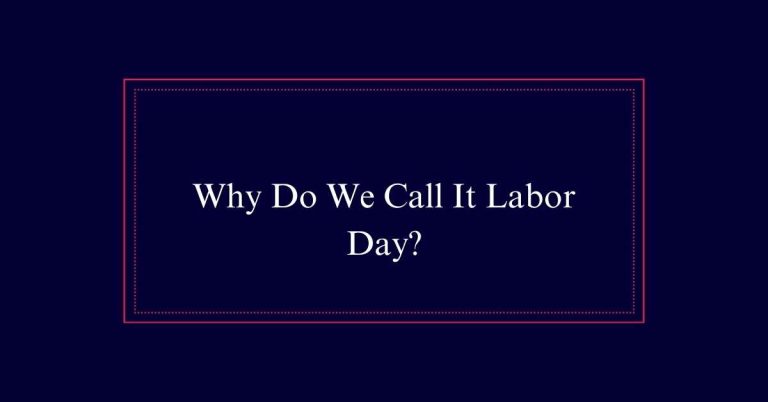How to Make a Complex Point Over Text?
Yes, you can make a complex point over text. Start with a friendly greeting like ‘Hey’ to set a warm tone. Use real words and avoid text-speak to guarantee clarity. Be concise to keep the message focused. Break down complex ideas into smaller parts to make them easier to understand. Tailor your tone and language to the recipient, whether they’re a friend, colleague, or client. Summarize your main points and offer a conclusion to maintain your argument structured.
Use Real Words
Using real words in your texts makes your message clearer and more professional. When you avoid text-speak and abbreviations, you eliminate confusion. Full words help you convey your thoughts accurately. They show you care about the message and the recipient. This builds trust and respect in professional settings.
Text-speak often comes across as lazy or rushed. It might make your reader think you’re not serious. On the other hand, using actual words shows you’re thoughtful and considerate. It also reflects well on your communication skills.
Before hitting send, review your text. Replace any abbreviations with full words. Your message will be stronger and more effective. It’s a simple change that can make a big difference in how you’re perceived.
Writing in Real-Speak
Real-speak in your texts means writing how you would talk in a face-to-face conversation. It keeps your messages natural and easy to understand. Start with a casual greeting like “Hey” to set a friendly tone. This approach makes your point clearer and more relatable. Remember to be concise and avoid long texts that might overwhelm the reader.
| Tip | Why It Works |
|---|---|
| Use casual words | Feels more personal |
| Start with “Hey” | Creates a warm opening |
| Be concise | Keeps the message focused |
Professional Text Communication
In professional text communication, you must balance friendliness and formality to guarantee your message is both approachable and respectful.
Start with a friendly greeting like ‘Hey’ to set a warm tone. Use complete sentences and avoid text-speak. This keeps your message clear and serious.
Be concise. Long texts can overwhelm the recipient. Get straight to the point and eliminate unnecessary words.
Summarize your main argument in one text and follow up with a conclusion in another. This helps structure your thoughts and maintain focus.
Finally, offer to continue the conversation in person if needed. This shows you’re open to further discussion and value the recipient’s input.
Your goal is clear, respectful, and effective communication.
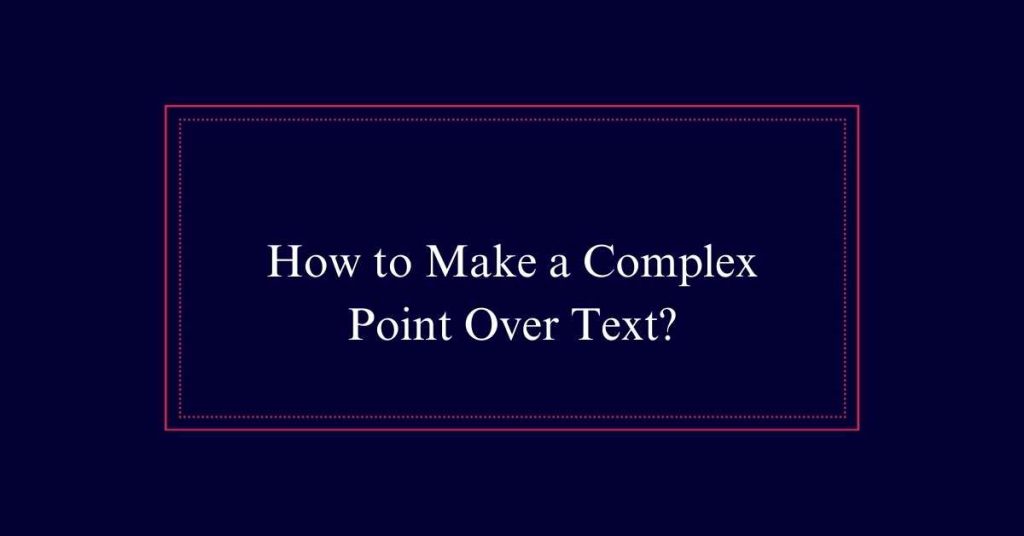
Consider the Recipient
When sending a message, always think about who will read it. Your tone, language, and length should fit the recipient. A friend might appreciate a casual “Hey,” while a colleague expects professionalism. Tailoring your message makes it more effective.
Here’s a quick guide:
| Recipient | Approach |
|---|---|
| Friends | Casual, friendly |
| Colleagues | Professional |
| Clients | Formal, clear |
Think about their preferences and how they usually communicate. A concise message respects their time and keeps the focus on your main point. Don’t write a long text; instead, break it down if it’s complex. Keep it direct and easy to read. This way, your message will be well-received and understood.
Enhance Communication
Clear communication strengthens your connections and guarantees your message is understood. To enhance your communication, use real words instead of text-speak. This shows seriousness and professionalism. Think about who you’re texting and how they might receive your message. Keep it short and to the point. Long texts can overwhelm the recipient. Get straight to the issue and avoid filler words.
Summarize complex points by breaking them into smaller parts. Send the main idea in one text and the conclusion in another. This helps keep your thoughts organized and clear. Always offer a follow-up. Use texts to start important conversations and then move to in-person discussions for more depth. This balance ensures effective communication.
Starting With ‘Hey’
Starting your message with ‘Hey’ can often set a friendly and approachable tone. It makes your text feel less formal and more personal. This can help in getting the recipient’s attention and preparing them for what’s to come.
Here’s why it works:
- Breaks the ice: A simple ‘Hey’ can make your message feel more conversational.
- Shows sincerity: It signals that you’re genuine and not just going through the motions.
- Creates a relaxed vibe: The recipient may feel more at ease and open to your message.
- Encourages engagement: People are more likely to respond positively.
Using ‘Hey’ can set the stage for important discussions, making it easier to convey your points effectively.
Keep Messages Concise
Keeping your messages short and to the point makes them more effective. Long texts can overwhelm the reader and dilute your message. Instead, aim for clear and direct communication. By eliminating filler words, you make your point stronger and more impactful. This approach maintains professionalism and ensures your message is understood.
Here’s a quick comparison to illustrate:
| Wordy Message | Concise Message |
|---|---|
| “I was just wondering if you could maybe…” | “Can you…” |
| “It would be really great if you could…” | “Please…” |
| “In my opinion, I think that…” | “I believe…” |
| “Due to the fact that…” | “Because…” |
| “At this point in time, we need to…” | “We need to…” |
Summarize Your Argument
When you need to make a complex point, break it down into simpler parts to help your reader understand.
Summarizing your argument can make it clearer and more impactful. Here’s how you can do it:
- Identify the main point: Focus on the core idea you want to communicate.
- Break it down: Divide the main point into smaller, digestible parts.
- Send in segments: Use multiple texts to convey each part clearly.
- Conclude effectively: Wrap up with a summary that ties it all together.



